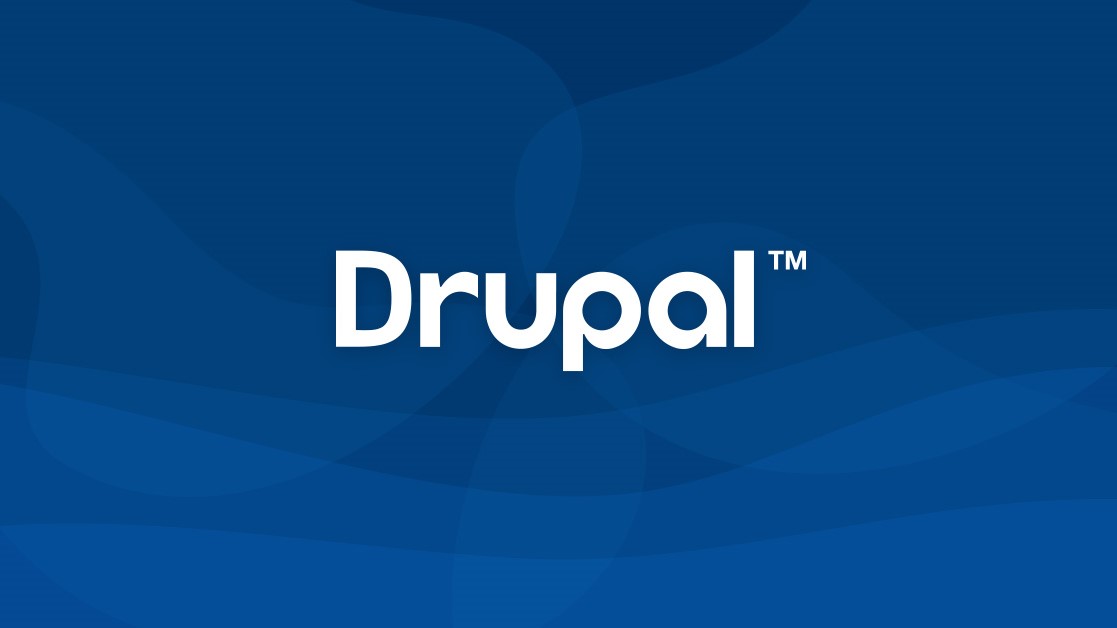From student message board to open-source CMS: a Q&A with the creator of Drupal
We talk to Dries Buytaert the founder of Drupal and CTO Acquia

Drupal has completely changed the way large organisations think about and build their digital estate.
The open source content management system (CMS), which was founded in the year 2000, is now used by some of the world’s biggest brands like Warner Music, Virgin Sport, Princess Cruises and Wilson because of its ability to handle huge spikes of web traffic and because of how it enables marketers to manage their brand digitally on a global level.
TechRadar Pro recently had the opportunity to interview the creator of Drupal, Dries Buytaert who told us how he came to create the CMS and gave us insight into what's in store for future versions...
- The three big CMS’: Which is right for your business?
- Is Open Source the future of content management systems?
- Content management systems: A business buyer's guide

What motivated you to create your own CMS when you were a student? Did you do so to help solve a problem that the solutions at the time were unable to?
Drupal originally started in 2000 as small internal news site with a web board, where my friends and I could share notes, small updates and news. Once we left university, Drupal (or drop.org, which was the eventual web address) was moved online so everyone could easily stay in touch. Once Drupal was live on the web, it attracted new members, who started talking about new technologies and suggesting features. What began as a way to communicate with friends became something much larger, through the power of the community’s ideas.
Why do so many big brands including Sony Music, Verizon, Al Jazeera, NBC Sports Digital and eBay all run on Drupal?
Drupal is for ambitious digital experiences. In addition to websites, Drupal can be used to power mobile applications, digital kiosks, conversational applications, and more. Ambitious is a good word to describe both Drupal and the brands that use it. They are using Drupal to transform their organizations digitally, leaving established business models and old business processes in the dust. Large organizations are turning to Drupal because it gives them greater flexibility, better usability, deeper integrations, and faster innovation.

What prompted your decision to make Drupal open source in 2001, and have there been any positive advantages to this approach?
As I mentioned, after the drop.org site went live, it attracted new members who discussed the new web technologies of the time, such as moderation, syndication, rating and distributed authentication. I decided to release the software as open source to let others explore different elements of the burgeoning field of web development.
One of the best things about making Drupal open source is the diverse global community of contributors it attracted. When Linux creator Linus Torvalds spoke about how it felt to get contributions from a worldwide network of people, he said "I had hoisted myself up on the shoulders of giants". I'm lucky enough to feel the same way.
With 1.37 million members and 1,114,000 active contributors, Drupal has become one of the largest and fastest-growing open source communities. These members have contributed over 42,800 free modules that can be used to customise Drupal.
How do you see the CMS market developing in the next few years? Do you believe that ‘decoupled’ CMS will replace traditional CMS?
I don’t think that decoupled Drupal will replace the traditional CMS, but it’s certainly growing in popularity. The issue isn’t “is decoupled better than traditional?”, the issue is which types of organisations are best suited to decoupled and which types are better suited to traditional. I’ve been blogging about this topic for a few years now, and have created a few resources that can help organizations decide whether decoupled is for them.
What does the future hold for Drupal in terms of updates and new features?
Drupal 8 introduced a continuous innovation model, where we adopted regular release cycles to help innovate and introduce new features faster. For example, we’ve been focused on making Drupal 8 more accessible to people with disabilities, modern from a UX point of view, and easier to use for non-technical users. Some of the latest features have included an improved layout builder, an improved media library, and a JSON:API module that will accelerate Drupal’s leadership in API first. In terms of the next major release, Drupal 9 is targeted to be released in June 2020. If organizations are following the Drupal 8 release cycles and managing deprecated code well, the upgrade to Drupal 9 will be simple.
Can you tell us a little about your experience as an entrepreneur and the companies you’ve helped found after Drupal?
In 2007 I co-founded Acquia because I realised that organisations needed a company focused on helping them be successful with Drupal. Over time, as users started engaging with brands via apps, voice and other digital experiences beyond the website, Acquia evolved to help brands meet these demands by creating a flexible, open source Digital Experience Platform. Acquia has had the opportunity to work with some of the world’s largest and most ambitious brands, including NBC Publishing, Whole Foods, Johnson & Johnson, IBM, and more.
In addition to starting Acquia, in 2008, I also launched a Mollom, which was a service dedicated to stopping website spam. The experience of building these two companies has taught me a lot about scaling technology companies, working with all kinds of diverse people, and developing key management skills. I like to give back when I can by mentoring other startup entrepreneurs.

What emerging technologies excite you the most and why?
I think we're on the verge of having a new set of building blocks that enable us to build a better, next-generation web. Thirty years into the web, our data architectures still use a client-server model; data is stored centrally on one computer, so to speak. The blockchain is turning that into a more decentralized web that operates on top of a distributed data layer and offers users control of their own data. Similar to building a traditional website, distributed applications (dApps) require file storage, payment systems, user data stores, etc. All of these components are being rebuilt on top of the blockchain. While we have a long way to go, it is only a matter of time before a tipping point is reached. I find this very exciting.
- Also check out the best CMS
Are you a pro? Subscribe to our newsletter
Sign up to the TechRadar Pro newsletter to get all the top news, opinion, features and guidance your business needs to succeed!